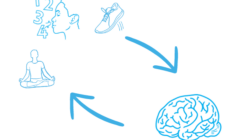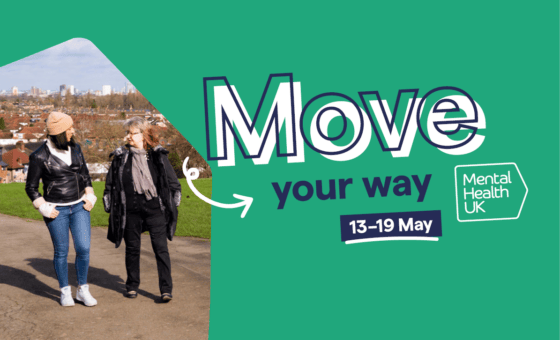
Why movement matters
Being physically active is great for our bodies and our minds.
Exercise has been proven to reduce anxiety and depression, and it can help us to prevent physical illnesses. Sadly, people living with mental illness die on average 20 years younger than the general population, often from avoidable physical illness. This group is more likely to develop preventable conditions like diabetes, heart disease, bowel cancer and
breast cancer.
Our own research shows that 56% of people found that exercising regularly helped them to alleviate stress and prevent burnout in their lives.
Visit our information page to find out more.







